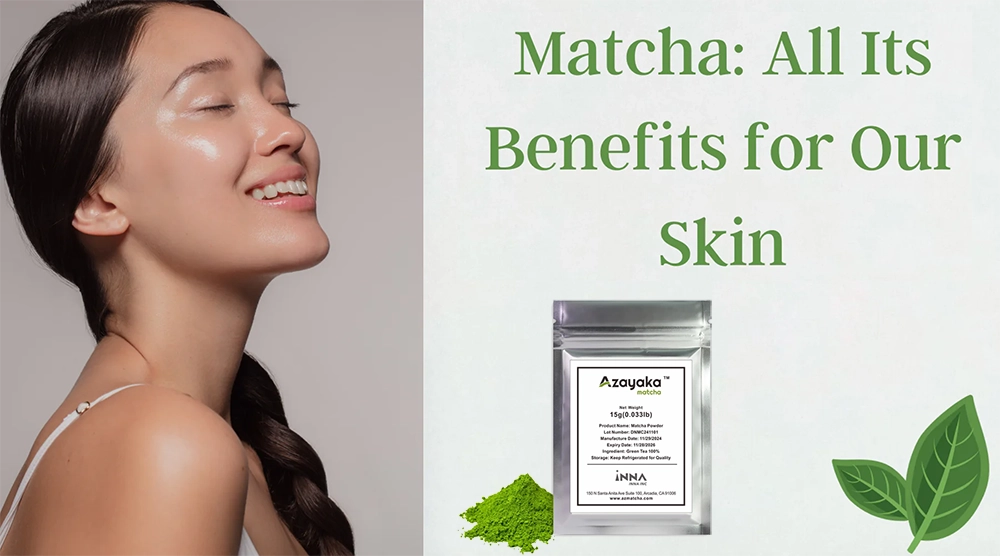Our Location
150 N Santa Anita Ave # 100, Arcadia, CA 91006
In the ever-evolving world of baking, innovation often stems from combining traditional ingredients with modern techniques. Today, we’re diving into a baking black magic that not only enhances flavor but also adds a vibrant, natural color to your treats—using matcha powder as a substitute for artificial food coloring.

The Magic of Matcha
Matcha, a finely powdered green tea derived from the Camellia sinensis plant, has been cherished in Japanese tea ceremonies for centuries. Its rich, earthy flavor and vibrant green hue are a result of the tea leaves being meticulously shade-grown and stone-ground. But beyond its role in traditional tea ceremonies, matcha is emerging as a versatile ingredient in the culinary scene, particularly in baking.Get a free matcha sample now!
Why Ditch Artificial Food Coloring?
Artificial food coloring has been a staple in the baking industry for decades, promising vibrant hues that can transform any dessert into a visual masterpiece. However, these synthetic dyes have come under scrutiny due to potential health concerns, including allergic reactions and links to behavioral issues in children. As consumers become more conscious about what they eat, there’s a growing demand for natural alternatives.

The Natural Alternative: Matcha Powder
Enter matcha powder, a natural and delicious way to add color and depth to your baked goods. Unlike artificial dyes, matcha brings a subtle yet distinct flavor profile that complements a wide range of recipes. Here’s how you can incorporate matcha into your baking routine:
Tips for Successful Matcha Baking

Embracing the Natural Beauty
By opting for matcha powder as a natural alternative to artificial food coloring, you’re not only enhancing the aesthetic appeal of your baked goods but also infusing them with additional health benefits. Matcha is rich in antioxidants, can boost metabolism, and promote relaxation—making your treats not just a delight for the senses but also a nourishing addition to your diet.
So, the next time you’re in the kitchen, consider reaching for that jar of matcha powder instead of artificial food coloring. Embrace the natural beauty and flavor that matcha brings to your baking, and watch your creations come to life in a vibrant, green hue. Happy baking!